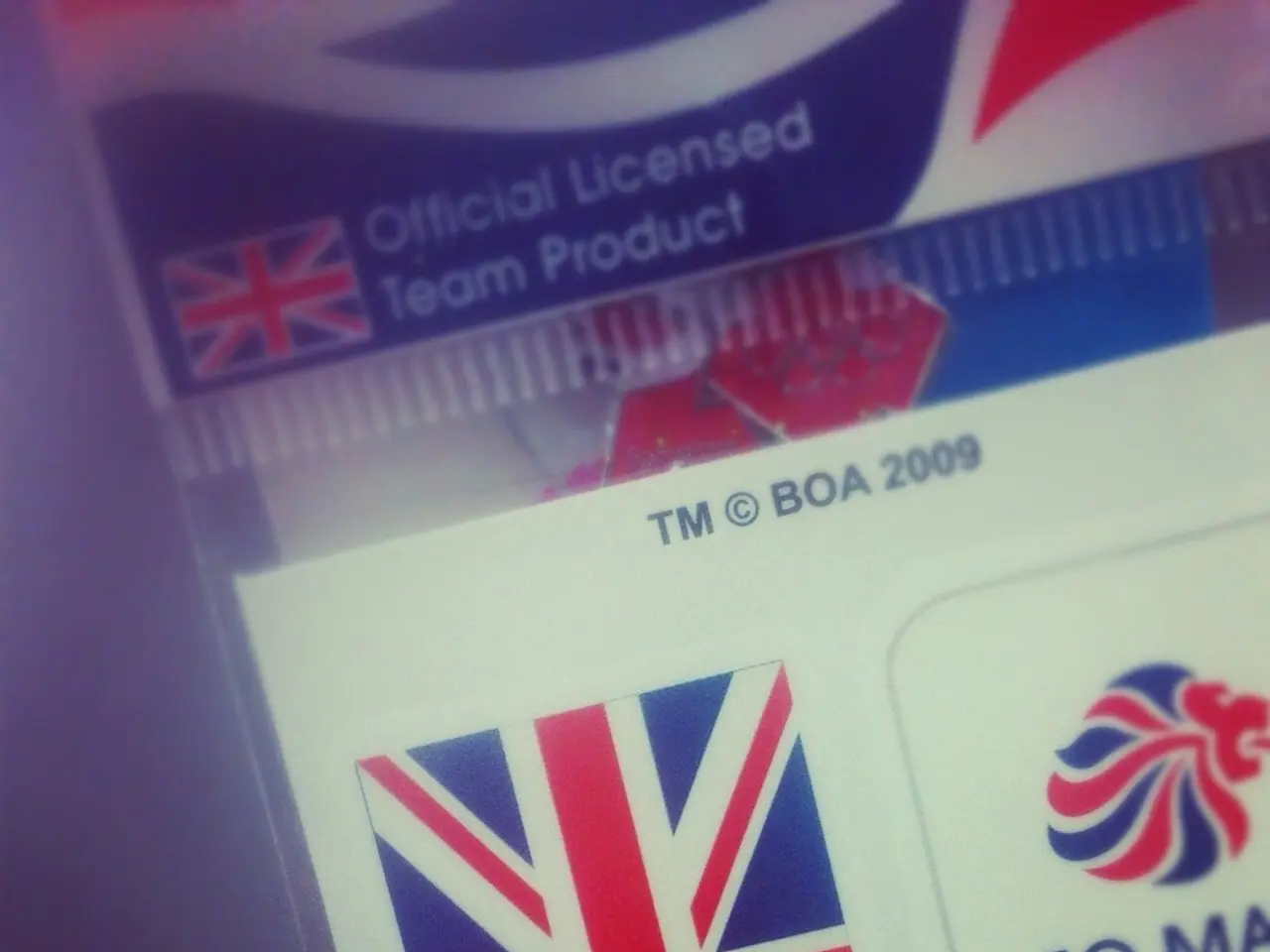Landlords' Guide to Rent Rolls: An Overview
A rent roll is an indispensable tool for landlords and property managers, providing a comprehensive and organized record of their rental properties' financial performance. Here's a breakdown of what a rent roll entails and how to maintain an accurate one for efficient property management and informed decision-making.
A well-organized rent roll streamlines many aspects of property management, helping landlords stay on top of key tenant information, lease expiration dates, and tenant payments, and monitor lease renewals to maintain high occupancy rates. It also serves as a vital reference for tracking a portfolio's financial health.
To create and maintain an accurate rent roll, follow these key steps:
- Collect comprehensive data for each unit, including tenant name, unit number, floor plan type, lease start and end dates, agreed rent, security deposits, and payment status. Also, record ancillary income such as pet fees, parking, utilities, or waste disposal charges.
- Regularly update the rent roll to reflect new leases, expirations, rent changes, concessions, and any tenant defaults or arrears. Avoid outdated data as it can lead to inaccurate forecasts and financial modeling.
- Reconcile the rent roll with other financial documents such as bank statements, ledgers, and lease agreements to ensure consistency between scheduled and actually collected rents.
- Analyse lease expiration dates and escalation clauses to evaluate rollover risks and potential revenue growth. Knowing when leases expire helps anticipate vacancies and cash flow impacts, while clauses like fixed increases or CPI-based escalations affect rent predictability.
- Include all income sources transparently — many rent rolls omit or incorrectly present additional income, which can materially affect the net operating income and investment evaluation.
- Cross-verify totals and market rents — compare rent roll totals against financial statements and benchmark rents against comparable market rates to identify discrepancies or upside potential.
- Maintain certification if applicable — prepare a Certified Rent Roll, especially for financing, regulatory, or sale purposes, ensuring all data is accurate and attested by a property manager or owner.
An accurate rent roll serves as a diagnostic core, reflecting the property's true financial health and helping identify income reliability, tenant behaviours, lease risks, and opportunities for rent increases or operational improvements.
Here's a summary table of key rent roll components and maintenance practices:
| Component | What to Include | Maintenance Tip | |-------------------------|-----------------------------------------------|-------------------------------------------------| | Tenant info | Name, unit number, lease start/end dates | Update with each new lease or contract change | | Rent | Agreed rent, actual payments, arrears | Reconcile scheduled vs. collected rents regularly| | Lease terms | Duration, renewal options, escalation clauses | Track expirations to anticipate vacancies/risk | | Security deposits | Amounts held | Verify deposit status and adjustments | | Ancillary income | Pet fees, parking, utilities | Include all additional income sources | | Totals verification | Cross-check with bank statements and ledgers | Ensure consistency with financial statements | | Certification | Signed accurate document if needed | Certify for sales, refinancing, or audits |
By using a rent roll, landlords can easily identify trends and make adjustments to their rental strategies to maximize profits and minimize losses. Lenders often require a detailed rent roll as part of the loan application process, using it to assess the property's income-generating potential, financial stability, and long-term growth prospects.
A rent roll is essential for long-term financial planning and forecasting, as it provides a comprehensive view of the financial performance of the rental portfolio. It helps track trends over time, such as vacancy rates, allowing landlords to make data-driven decisions about rent adjustments or marketing strategies.
If a unit consistently underperforms, a rent roll can indicate the need for changes, such as renovations or adjustments to the rent price to align more closely with market demand. By comparing a rent roll with similar properties in the same market, lenders can assess whether a property is priced competitively and has the potential for long-term growth.
A rent roll can provide valuable insights for business decisions in real-estate, as it reveals crucial financial data like tenant information, lease terms, and rental rates. By maintaining an accurate rent roll, landlords can make well-informed decisions and ensure a property's financial stability, allowing for optimal business planning and growth.
The financial health of a real-estate portfolio can be effectively monitored by regularly updating and reconciling the rent roll with other financial documents, ensuring its accuracy. This allows for insightful analysis of historical trends, such as vacancy rates, and forecasting future profitability.
In the realm of finance and investing, a meticulously maintained rent roll serves as an indispensable tool for lenders in evaluating a property's income potential, financial stability, and long-term growth prospects. An analysis of both the rent roll and market trends enables investors to make informed decisions regarding financing opportunities and the competitive pricing of properties.




